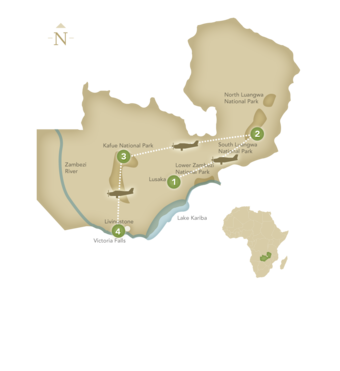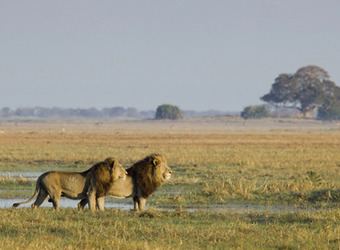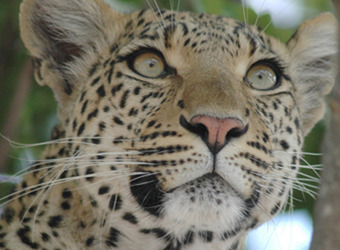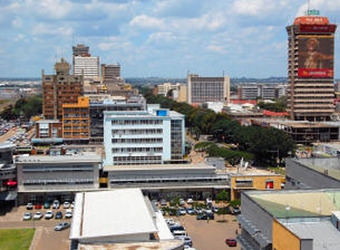Classic Zambia
12 days, 11 nights
Price Range:
$15,085 – $25,325
(all-inclusive price per person, depending on dates & camps selected)
 view larger image
view larger image
Few places in the world are still as wild as they were when explorers like David Livingstone ventured into lands that were terra incognita. While Africa, like the rest of the globe, has become familiar, portions of it are evocative of that earlier era, when the bush teemed with animals and nature’s immensity was palpable. This survey of Zambia’s untamed wildlife realms, capped with the finale of Victoria Falls, is for explorers seeking Africa as it once was—and still is.

Our Expert Says
In just two words, Zambia in my book is: perfectly wild! Zambia is a great destination for both first-timers and seasoned safari-goers who have visited other African countries and yearn for more. Walking safaris, particularly in South Luangwa National Park, are an absolute highlight of any visit to Zambia, as the landscape is ideally suited for game viewing on foot – an exhilarating experience. In contrast to the river valleys of South Luangwa, Kafue National Park feels much like the Serengeti or Masai Mara. Here the plains open up on a grand scale, providing excellent wildlife sightings and spectacular sunsets.
– Aly Jacobsen
 view image gallery
view image gallery
Days 1-5: Kafue Nat'l Park
Established in the 1950s, Kafue is the third largest park in Africa. Yet it remains largely unexplored, with 67% designated as wilderness where only walking safaris are permitted. The Busanga Plains are the park’s prized jewel. Seasonal floods generate vast grazing areas for huge herds of buffalo and rare antelope. Kafue is also one of the best places in Africa to see leopard. Lion and cheetah are common, and wild dog are increasingly seen.
 view image gallery
view image gallery
Days 6-10: South Luangwa N.P.
The South Luangwa National Park is a legend among safari connoisseurs. The walking safari originated in the Luangwa Valley, whose oxbow lagoons are a magnet for elephant, zebra, 14 species of antelope and huge herds of buffalo that reach 1,000 at the height of the dry season. The river harbors 50 hippos per kilometer. Thornicroft’s giraffe and Cookson’s wildebeest are unique to the park, while wild dog and large prides of lion are notable predators.
 view image gallery
view image gallery
Day 11: Lusaka
Sprawling, frenetic Lusaka is Zambia’s thriving capital and largest city. Once a village along a strategic railway line, Lusaka replaced Livingstone in 1935 as the capital of the British colony of Northern Rhodesia. Today the fast-growing city is a magnet for jobseekers from the rural hinterlands, and the start or finish point for many Zambia safaris. Lusaka is famous for its vibrant markets, including several that specialize in Zambia’s outstanding handcrafts.
 view image gallery
view image gallery
Day 12: Livingstone/Home
Your safari adventure ends today in Livingstone, Zambia.
